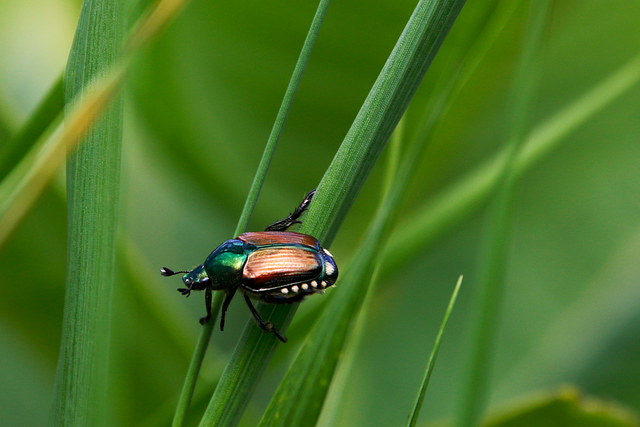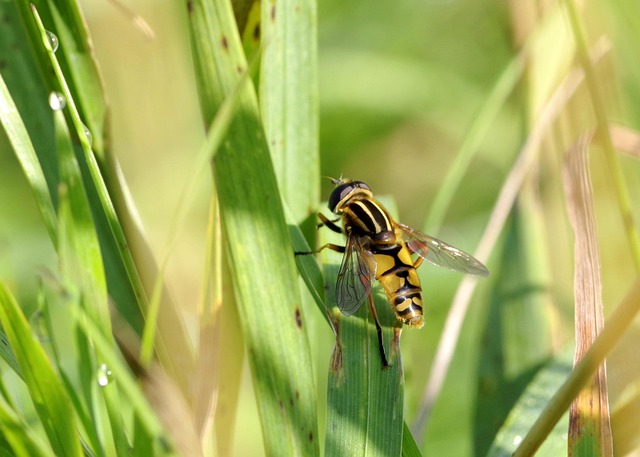
The Mysterious World of Scarabs: Nature’s Ancient Creatures
Exploring the Fascinating World of Scarabs
When we think of nature’s wonders, many creatures come to mind, but few captivate the imagination like the scarab. These ancient insects, often associated with ancient Egyptian mythology and culture, are more than just symbols of resurrection and transformation; they are remarkable beings that play essential roles in their ecosystems.
The Significance of Scarabs in Nature
Scarabs, part of the beetle family, have evolved over millions of years and are known for their unique habits and remarkable adaptations. Found in various habitats across the globe, from lush forests to arid deserts, these creatures thrive in diverse environments. They serve as decomposers, playing a crucial role in breaking down organic matter, thus enriching the soil and supporting plant life.
One of the most fascinating aspects of scarabs is their diet. Many species feast on dung, a behavior that not only recycles nutrients but also helps control parasites. This process is vital for the overall health of ecosystems, making scarabs unsung heroes in the circle of life.
Mythology and Mystique
Throughout history, scarabs have been revered in various cultures. The ancient Egyptians regarded them as symbols of rebirth and protection, often depicted in art and jewelry. They believed that the movement of the scarab, rolling dung balls, mirrored the sun’s journey across the sky. This connection to the divine emphasizes the profound cultural importance these insects hold.
The Beauty of Scarabs
Beyond their ecological and cultural significance, scarabs are truly stunning. Their iridescent shells display a vibrant spectrum of colors, ranging from deep blues to rich greens. These colors not only serve to attract mates but also provide camouflage against predators. Observing a scarab in its natural habitat can evoke a sense of wonder and appreciation for nature’s artistry.
Conservation Challenges
Despite their resilience, many scarab species face threats from habitat loss, climate change, and pesticide use. Protecting their environments is crucial for maintaining the balance of ecosystems where they play an integral part. By advocating for conservation efforts and raising awareness about the roles of these incredible insects, we can help ensure that scarabs and their fascinating world continue to thrive.
In a world where nature’s intricacies often go unnoticed, the scarab serves as a reminder of the interconnectedness of life. Their ancient lineage, ecological contributions, and cultural significance weave a rich tapestry that connects us to the natural world. So the next time you encounter a scarab, take a moment to appreciate this small yet mighty creature that has captivated our hearts for centuries.


